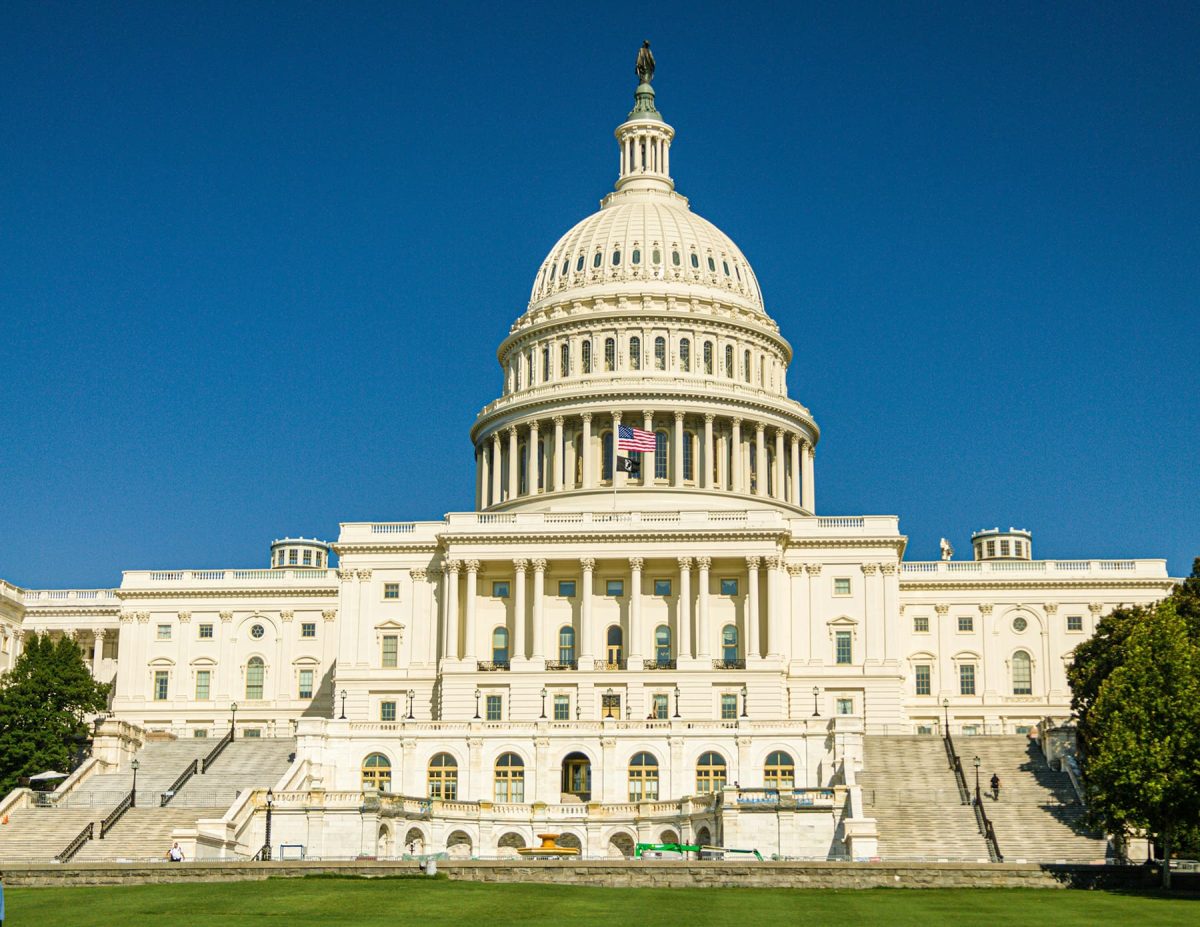
Insights
October 5, 2021
Washington Cares Payroll Tax Opt-Out Is Now Open
In Insurance, Tax Planning, Wealth Strategy

Update as of: January 27, 2022
On January 27th, Governor Jay Inslee signed House Bill 1732 which delays implementation of the long-term care payroll tax in Washington State for 18 months. Employers will not be required to collect the .58% payroll tax until July 1, 2023.
In addition, the law was updated so individuals born before January 1, 1968, who have not paid premiums for the required minimum of 10 years will be eligible for partial benefits. For every year premiums are paid, they will receive 1/10th of the full benefit or $3,650. Benefits for all participants in the program, even partial benefits, will not be available until July 1, 2026.
House Bill 1732 does not allow for an additional opt-out period and any taxes that were collected by employers at the start of 2022 must be returned to employees within 120 days.
Update as of: January 10, 2022
In mid-December Governor Jay Inslee announced he is temporarily halting the collection of the new Washington Cares Fund payroll tax while the state Legislature works to overhaul the legislation. Subsequently, the Governor clarified his remarks stating that he does not have the legal authority to overturn the legislation that created the payroll tax or excuse employers from withholding the .58% tax from employees starting January 1, 2022. As we wait for possible action by the Legislature, Governor Inslee has ordered the Employment Security Department to temporarily postpone the collection of the payroll tax from employers until April 2022, or until the Legislature gives further direction.
While we don’t know what revisions the Legislature might make during the Legislative session which began January 10th, if you have a long-term care insurance policy in place and have opted out of the Washington Cares Fund, we suggest you keep those insurance policies in place as we wait for more clarity from the Washington State Legislature on any changes they intend to make to the program.
Original Post:
The date has arrived! The State of Washington has now opened their online opt-out procedure for those who have qualifying Long-Term Care Insurance and wish to be exempt from the upcoming payroll tax.
The WA Cares Fund
Before we outline the process, let’s review some details about the new WA Cares Fund. This new fund was created by the State Legislature to reduce pressure on the Medicaid system and provide some level of long-term care benefits for Washington State residents. This program will be funded through a payroll tax of .58% on all wages earned in the State. The tax applies to all wages including salary, hourly pay, bonuses, paid time off, stock-based compensation, severance, etc.
In order to be vested and receive benefits, you must pay into the program for a minimum of 10 years. Once vested you are eligible for $100 per day, up to a lifetime maximum of $36,500 (adjusted for inflation). In order to trigger these benefits, you must need assistance with 3 activities of daily living (ADLs) such as bathing, dressing, eating, mobility, cognitive function, etc. You must also currently reside in the State of Washington when you need care.
The Window to Opt-Out
You have one opportunity to opt out of the program by having a long-term care insurance policy in place by November 1st, 2021. The window to apply for an exemption occurs between October 1st, 2021 and December 31st, 2022. Keep in mind that once you opt out, you cannot opt back into the WA Cares Fund and will be permanently ineligible for State benefits.
The Opt-Out Process
The exemption process is being handled by the Washington State Employment Security Department (ESD). You can find more information on the WA Cares Fund exemption page: Apply for an Exemption – WA Cares Fund
In order to apply for the exemption, you will need to do the following steps online:
- Open a Secure Access account with the State of Washington.
- Next, you’ll need to add “Paid Family & Medical Leave” to your options on your Secure Access account. Do this by selecting “Add a New Service” then “I would like to browse a list of services by agency.” Choose “Employment Security Department” then “Paid Family & Medical Leave” then hit “Apply” and “OK”.
- Go back to your main Secure Access home page and click on the “Access Now” button above the Paid Family & Medical Leave Service banner – then hit “Continue”.
- You’ll be taken to the “Welcome to Paid Family and Medical Leave” page. Scroll to the bottom and select WA Cares Exemption – “Create an Account”.
- Follow the prompts and enter your personal information (name, social security number, phone number, email address, and mailing address).
- You will be given a WA Cares Exemption Customer ID number. Click on “Home” and once back on the home screen, click on “Apply for an Exemption”.
- They will ask you to attest to the following 5 questions:
- You are 18 years of age or older
- You have long-term care insurance in place by November 1st, 2021
- You wish to opt out of the WA Cares Fund (and corresponding payroll tax)
- You understand that if your exemption is approved you can never participate in the WA Cares Fund or get program benefits
- You understand that the ESD may verify the information you provide and may request additional information
- You will then be prompted to upload a copy of your ID (such as your Driver’s License or Passport) and submit your request for exemption.
There is currently no requirement that you upload any documents related to your long-term care insurance policy. Once your application for exemption is submitted, the Employment Security Department will verify your information and process your request. If approved for the exemption, you will receive a letter both online and in the mail. A copy of your exemption letter will also be available online within the Secure Access account you created.
Your exemption will take effect in the quarter after your application is approved. In other words, if you want to be exempt by January 1st, 2022 when the payroll tax takes effect, you’ll need to apply and be granted an exemption by December 31st, 2021.
What Do I Do with My Exemption Letter?
You must submit a copy of your exemption approval letter to your employer to opt out of the payroll tax deduction. If you fail to provide your approval letter, your employer will be required by the State to withhold the WA Cares Fund tax and refunds for previously withheld taxes will not be available if you later present the exemption letter.
The WA Cares Fund may be beneficial for some. For others, it may be advantageous to have individual long-term care insurance coverage and opt out of the program. Contact your dedicated team at Coldstream if you’d like to discuss your particular situation.
Insights Tags
Related Articles

July 9, 2025
The “One Big Beautiful Bill”: Key Tax Provisions



June 27, 2025
Diversified Estate Planning for LGBTQ+ Families


June 20, 2025
Incorporating a “Die with Zero” Philosophy into Your Long-Term Financial Plan

